The Hanoi People's Committee has just submitted to the City People's Council measures, policies and mechanisms for the draft Master Plan to improve capacity and ensure fire prevention and fighting and rescue safety in the capital for the period 2025, orientation to 2030, vision to 2050.
According to the report, Hanoi currently has 159,780 facilities under fire prevention and control. Of these, 8,261 are at risk of fire, 1 international airport, 8 river ports, 10 industrial parks, high-tech parks, 70 industrial and handicraft clusters, and over 500 residential areas and craft villages at high risk of fire and explosion.
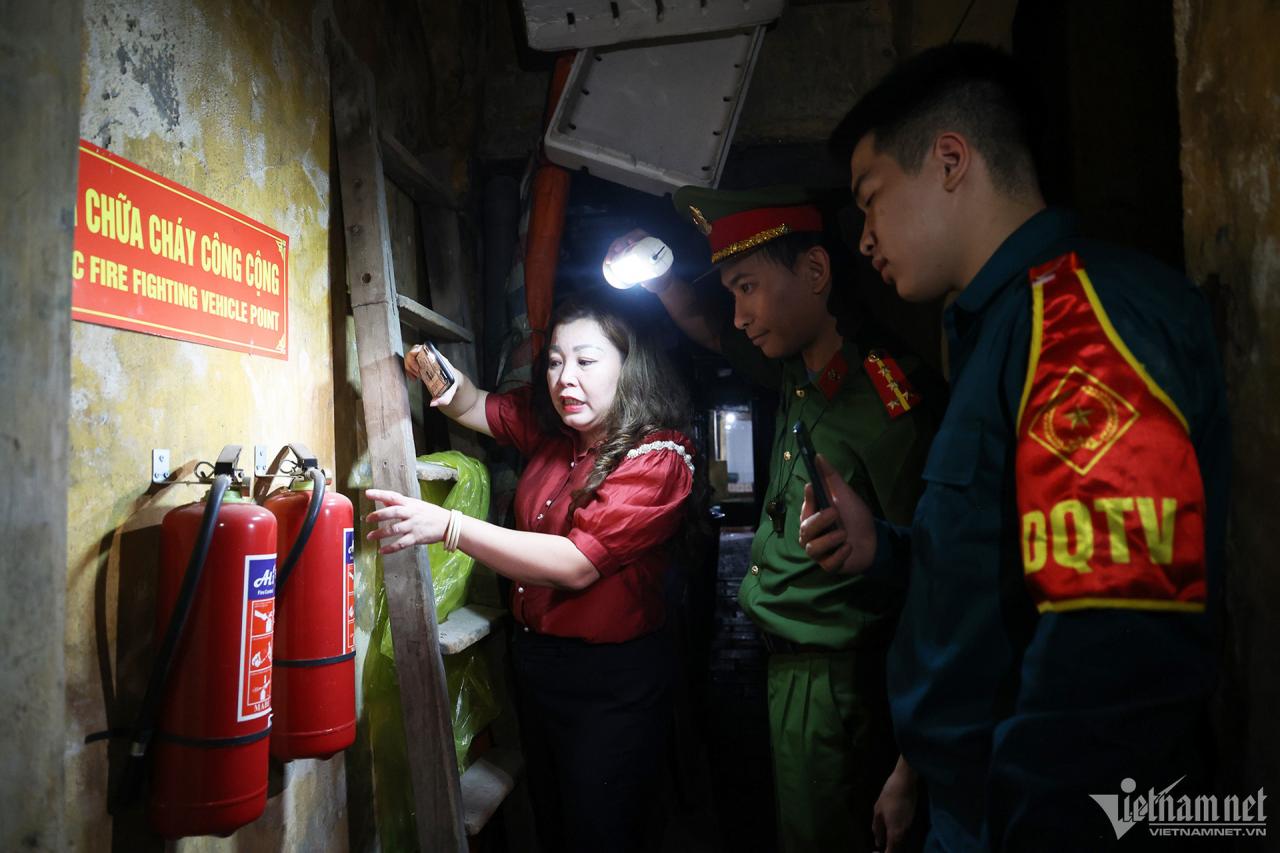
Meanwhile, production and service business activities in the capital are constantly increasing; the demand for raw materials for daily life and production is large and difficult to control; apartment buildings, high-rise buildings, commercial centers, crowded entertainment facilities, etc. pose a high risk of fire and explosion.
In fact, in recent years, the fire and explosion situation in the city has remained complicated and unpredictable. Statistics show that from 2013 to 2023, Hanoi had 4,459 fires and 18 explosions; in addition, there were about 8,000 other minor incidents (garbage and scrap fires; electrical short circuits; electrical short circuits, and cooking errors in the home).
In the past 10 years, there have been 44 major fires in the city, 68 of which caused serious damage. Fires that caused serious damage were concentrated in family homes, houses combined with production and business, and a few in warehouses, factories, and crowded service locations.
The loss of life and property from fires remains high (202 deaths, 271 injuries). Large fires and fires with serious consequences account for a small number (3.2%) but cause huge losses, both in terms of life and property.
The reason for the limitations in fire prevention and fighting in the city is mainly due to the fact that local authorities at all levels have not properly assessed the importance of fire prevention and fighting, and have not actively researched and studied regulations in state management of fire prevention and fighting.
On the other hand, due to the lack of synchronous planning of infrastructure in previous stages, it is difficult to overcome this problem, leading to the current infrastructure conditions in Hanoi still having many limitations.
Besides, the number of underground water tanks in Hanoi is still very limited. The places with natural water sources do not have water intake stations, and the water source is not guaranteed to serve the stable operation of fire pumps.
Therefore, according to the Hanoi People's Committee, the development and implementation of the overall project to improve capacity and ensure fire prevention and fighting and rescue safety in the capital for the period 2025, with a vision to 2030 and a vision to 2050 is very necessary.
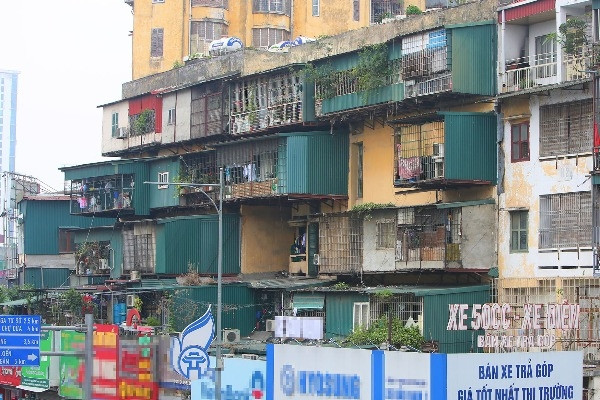
Dismantling the 'tiger cage', people open a second escape route when a fire or explosion occurs
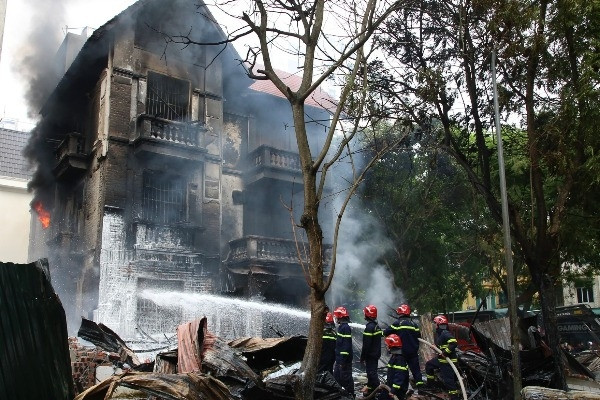
Tube house has fire accident, which way to escape safely?
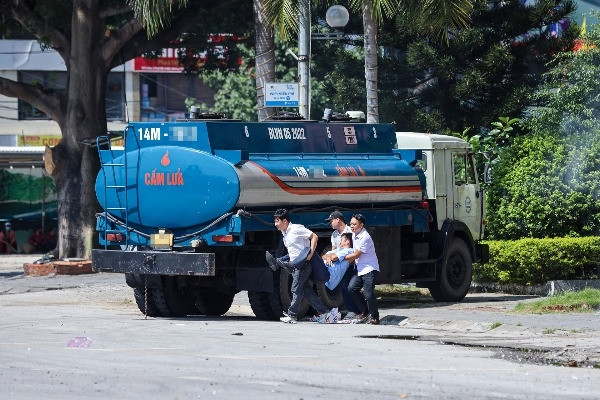
Ensuring fire and explosion safety for fuel tankers
Source



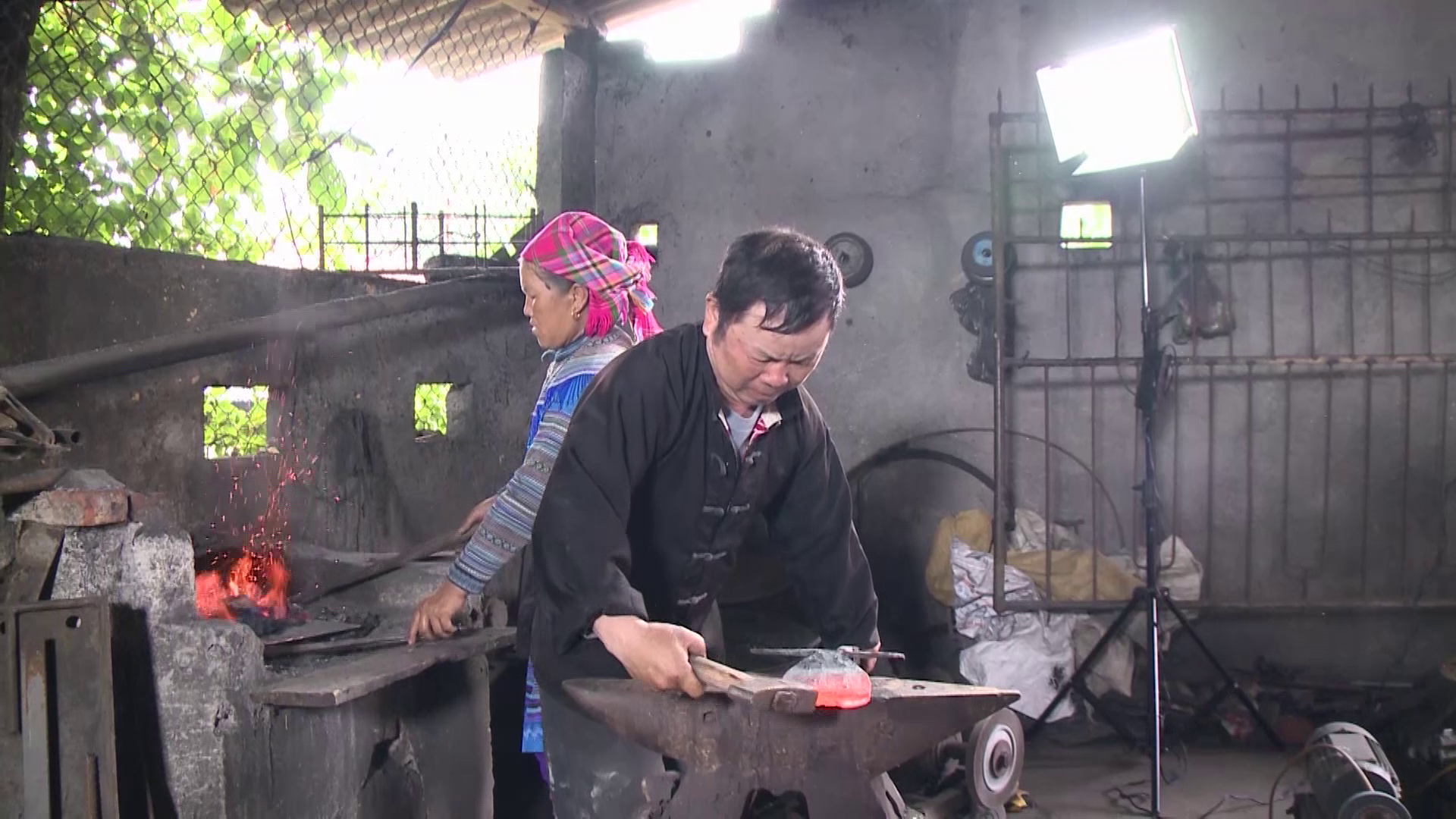
![[UPDATE] April 30th parade rehearsal on Le Duan street in front of Independence Palace](https://vstatic.vietnam.vn/vietnam/resource/IMAGE/2025/4/18/8f2604c6bc5648d4b918bd6867d08396)


![[Photo] Prime Minister Pham Minh Chinh receives Mr. Jefferey Perlman, CEO of Warburg Pincus Group (USA)](https://vstatic.vietnam.vn/vietnam/resource/IMAGE/2025/4/18/c37781eeb50342f09d8fe6841db2426c)




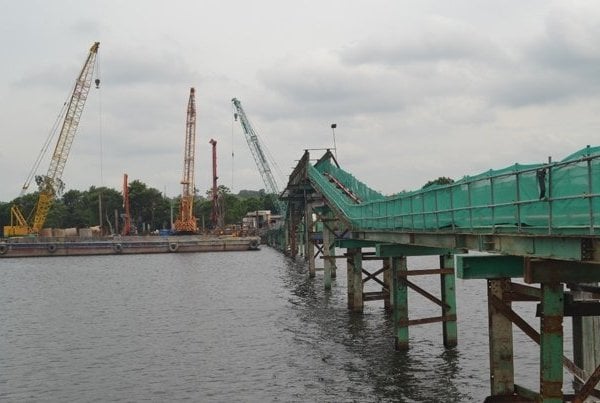


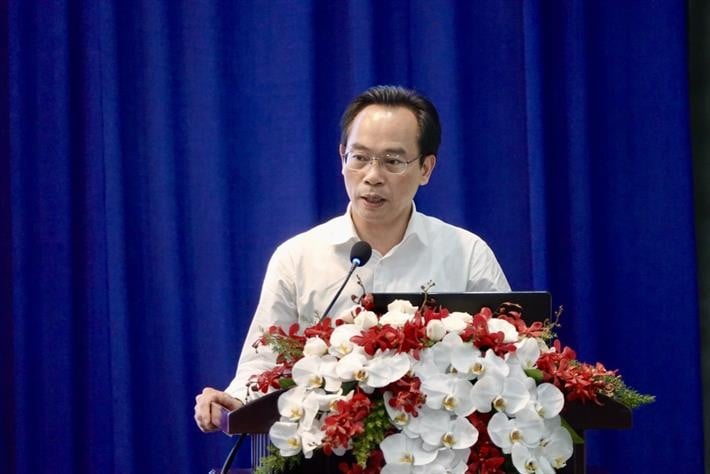

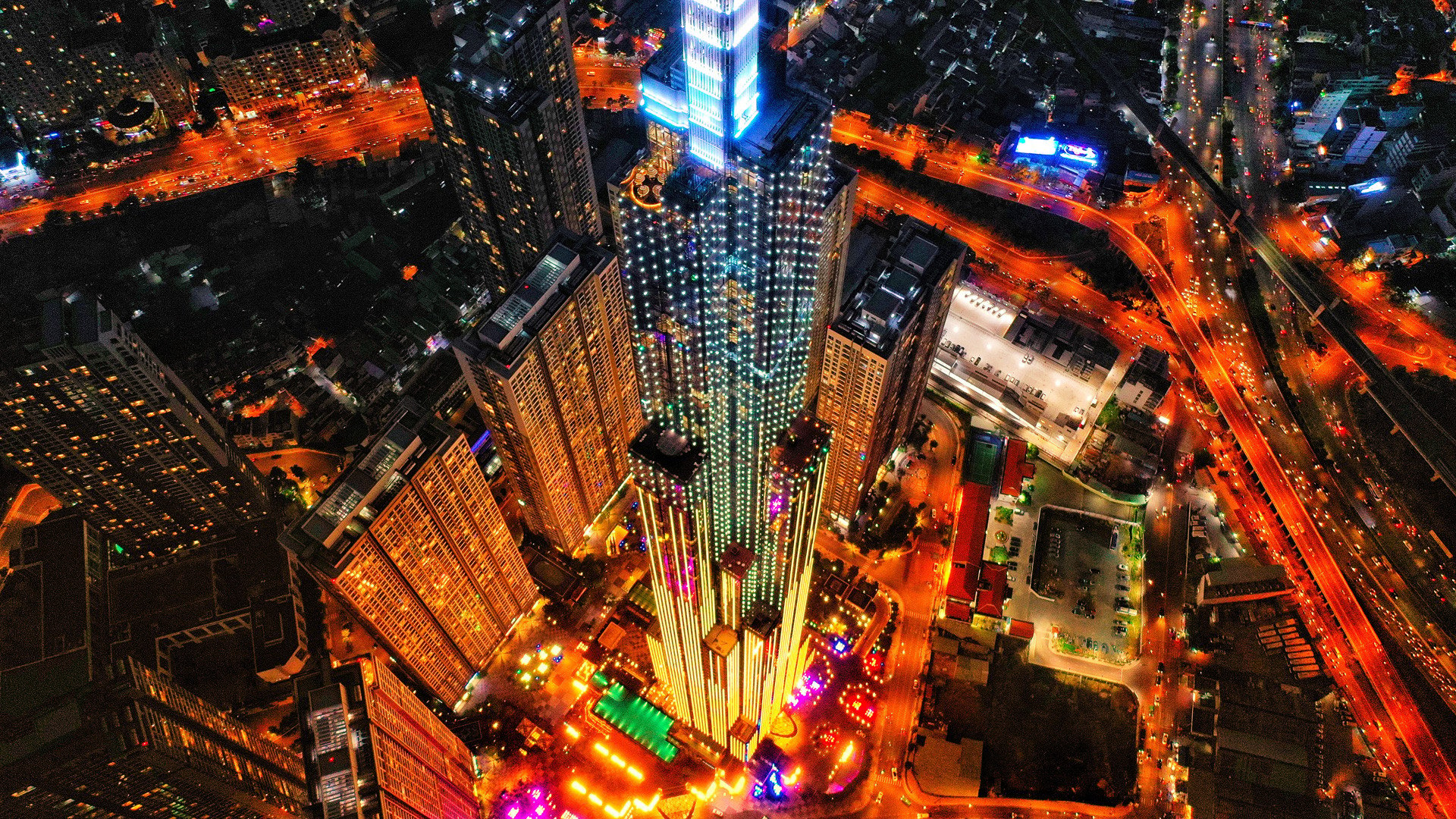

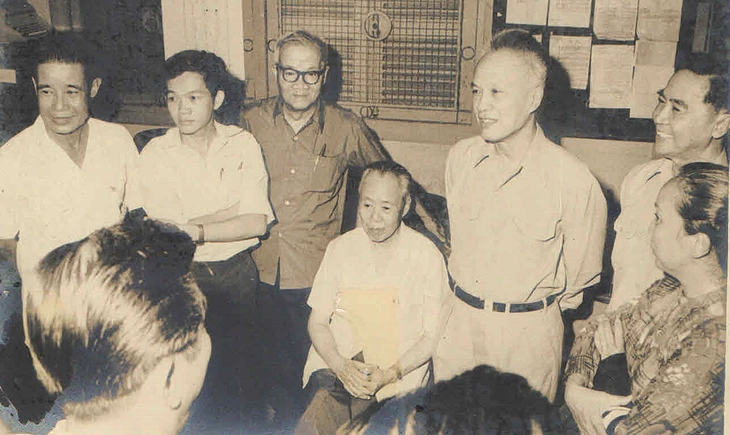

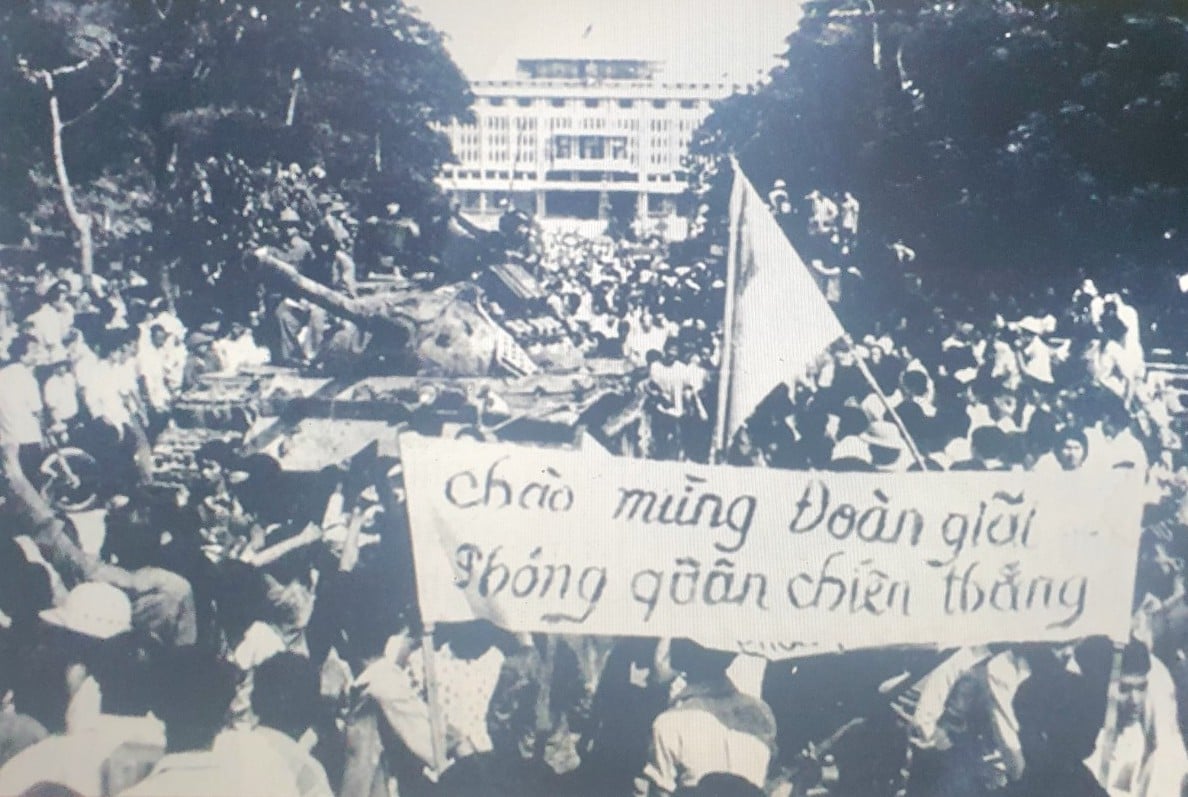






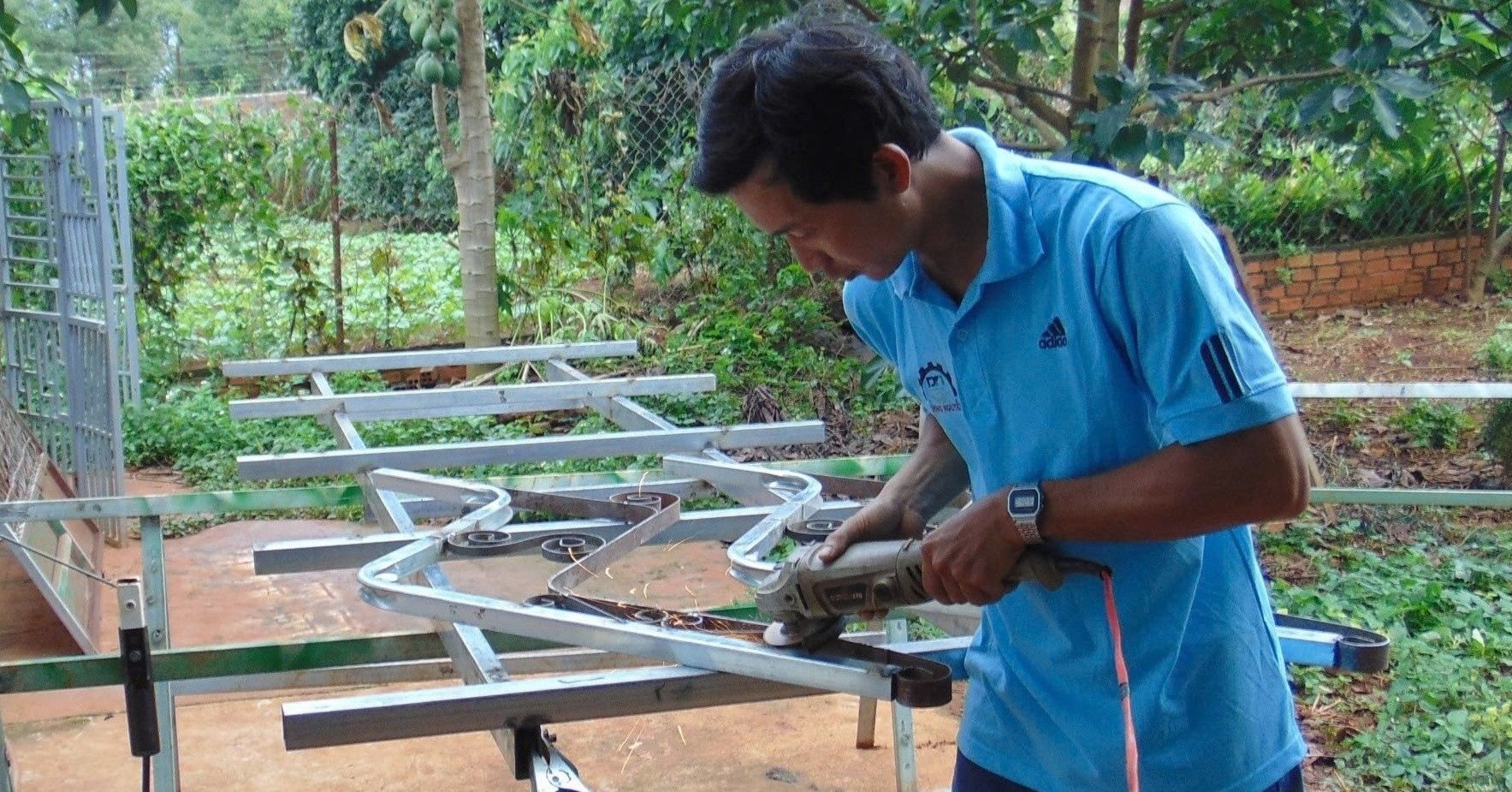





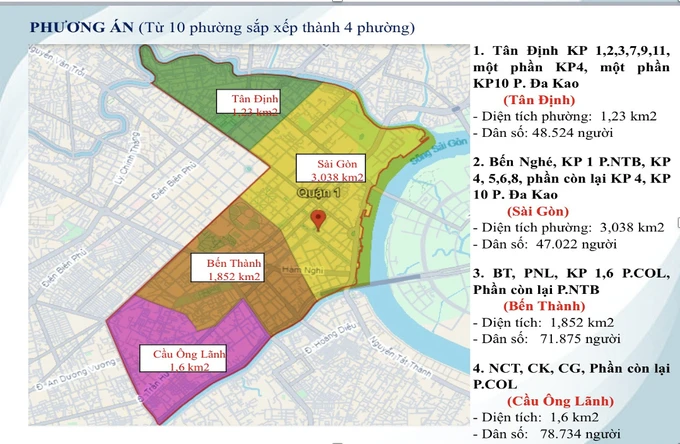






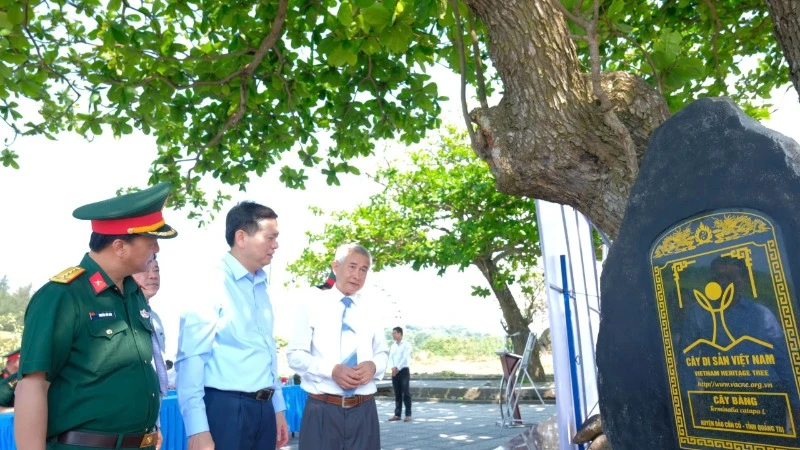

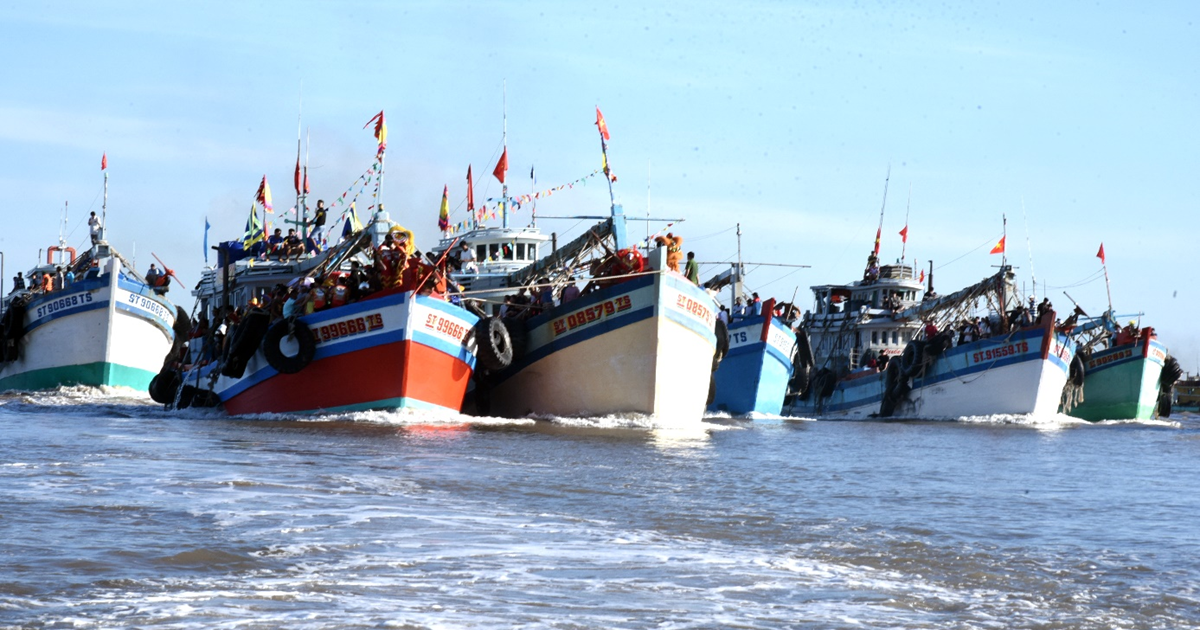













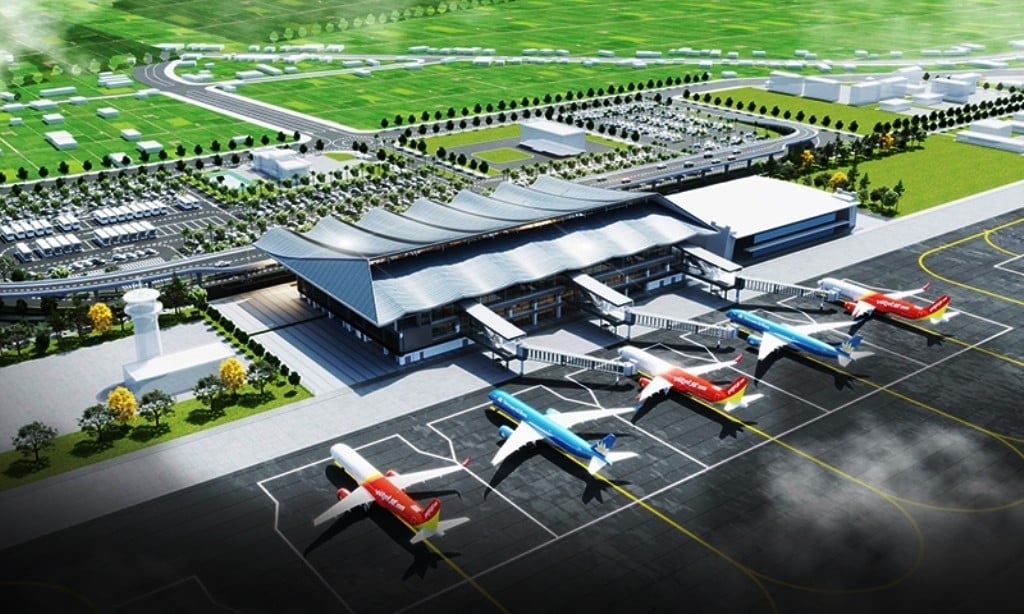

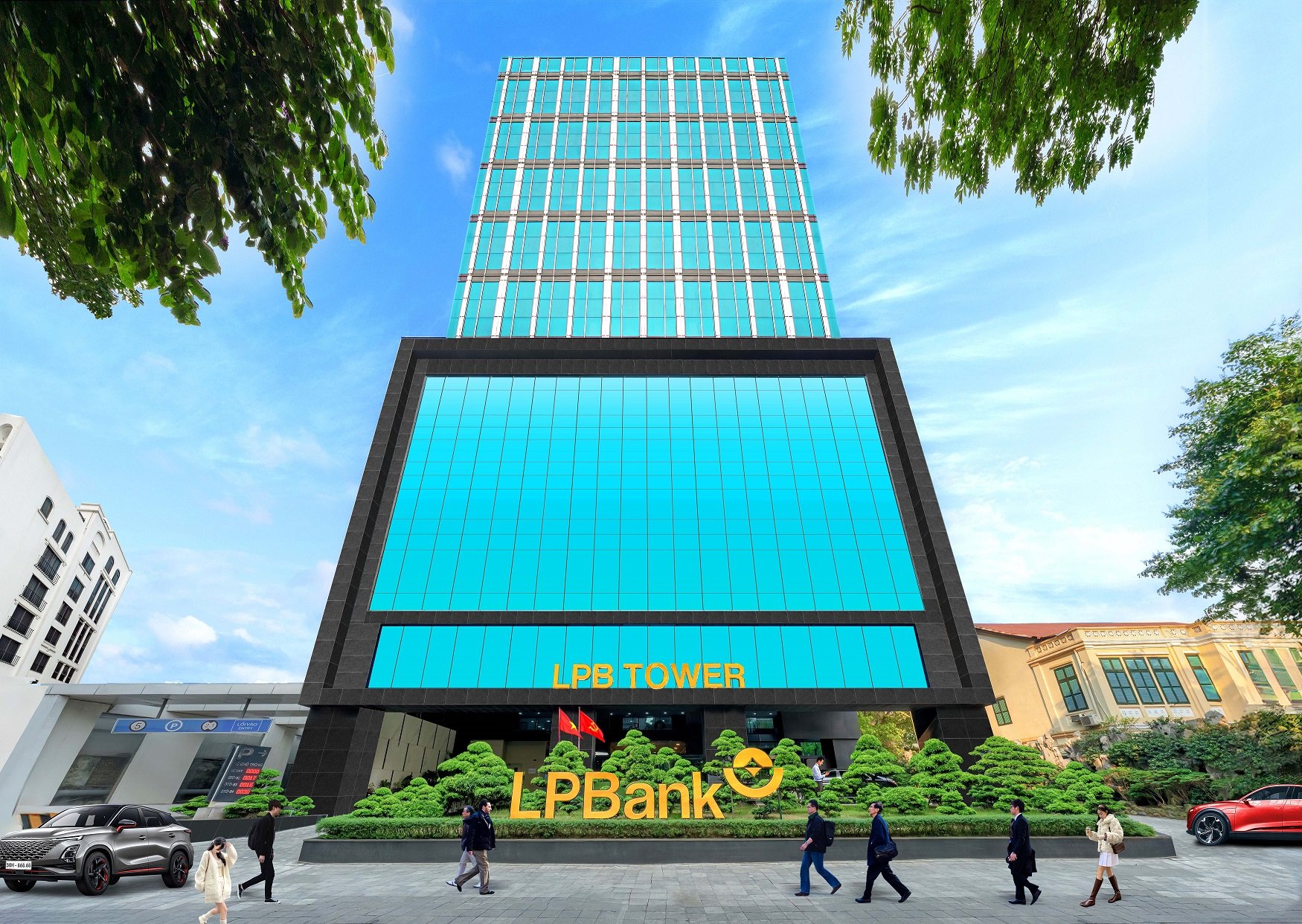






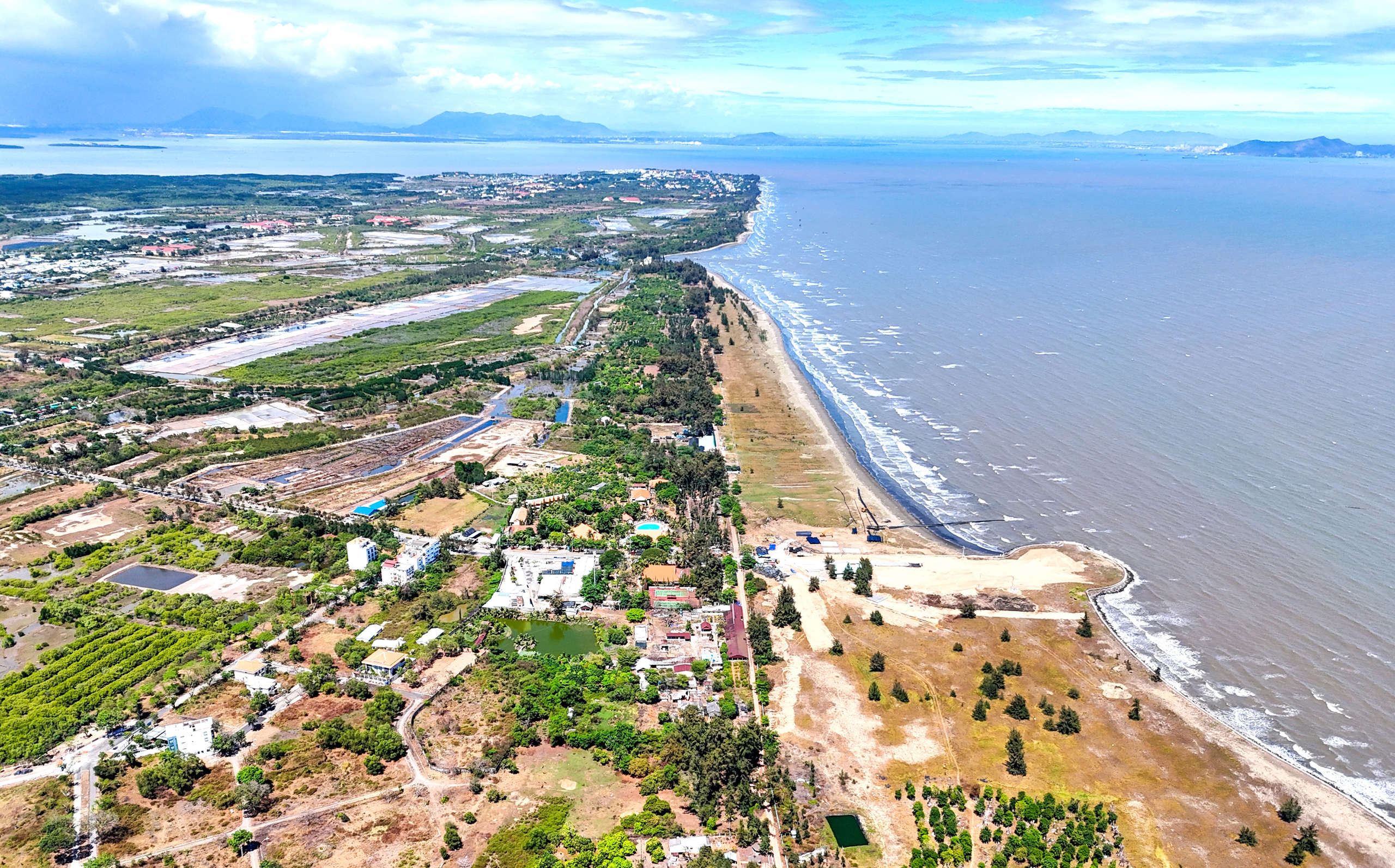



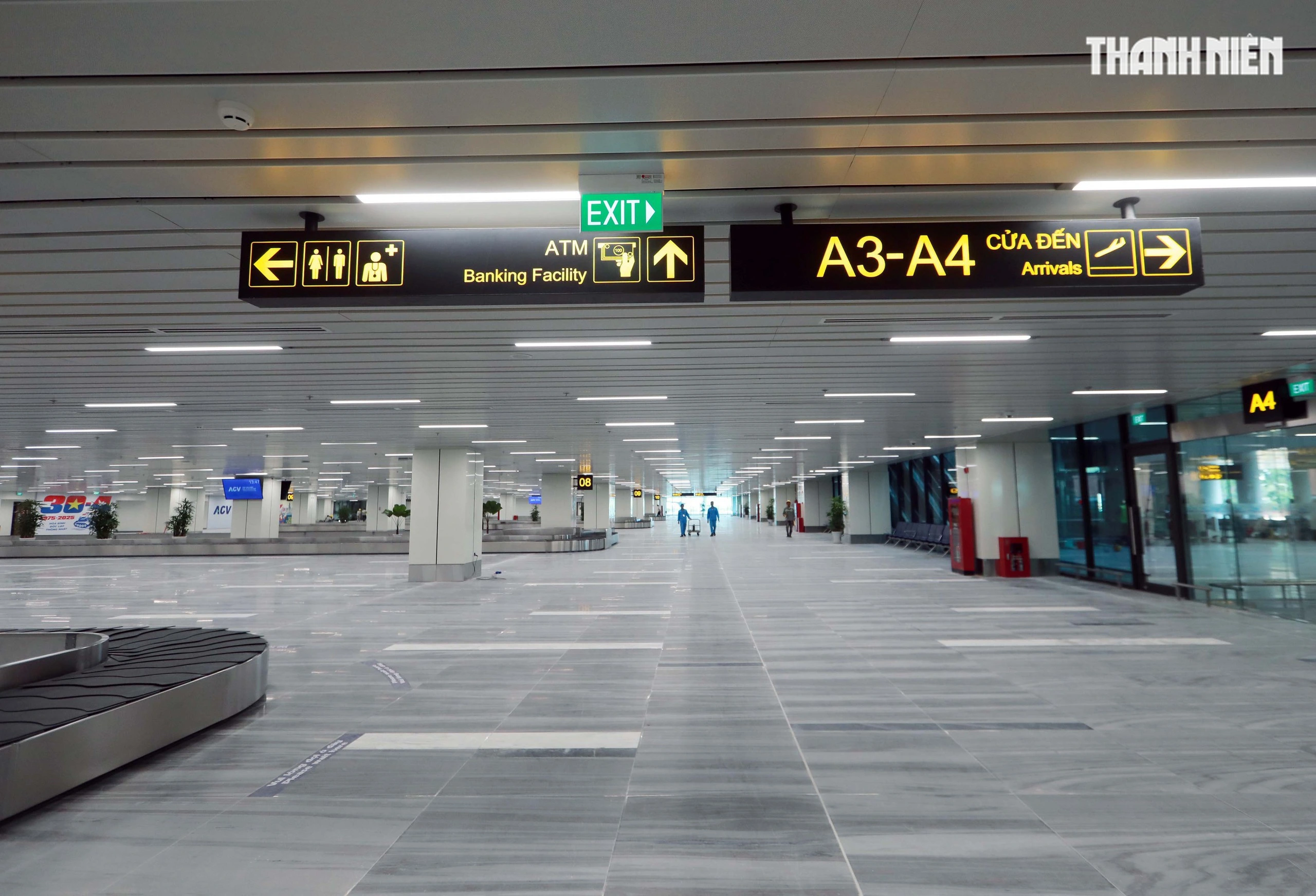










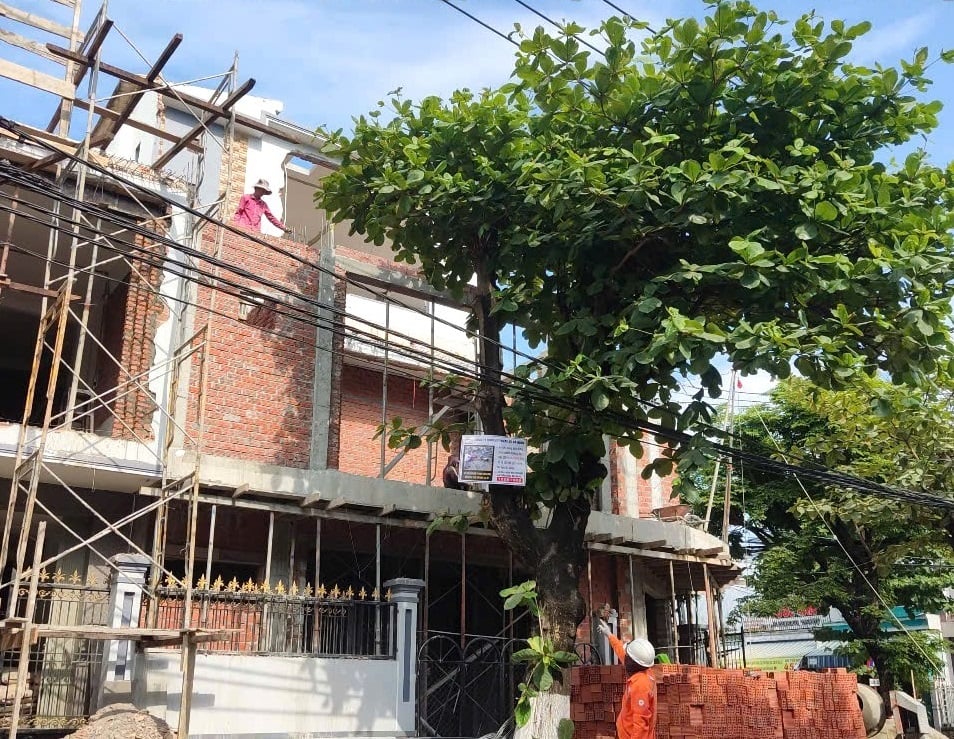

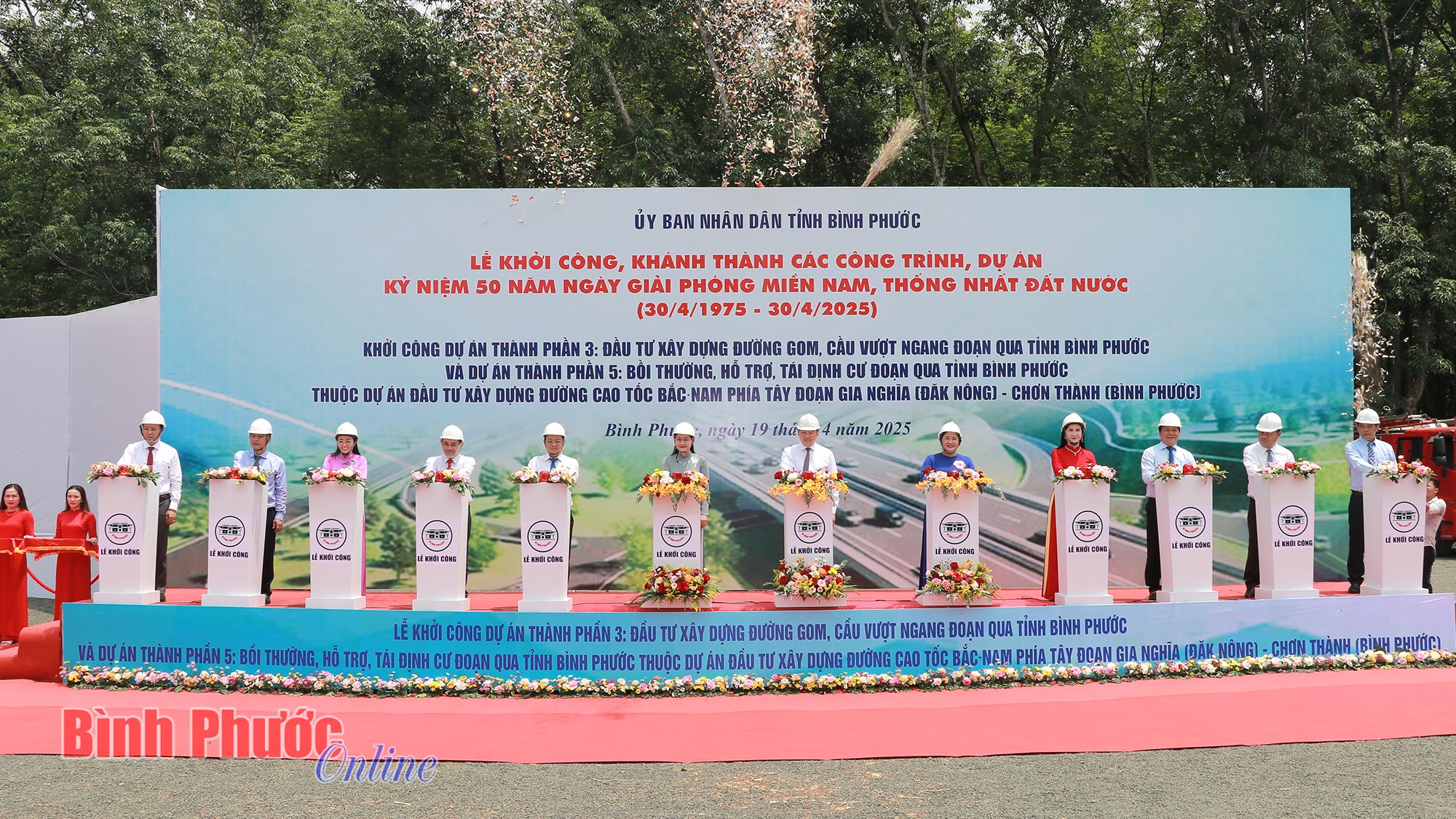




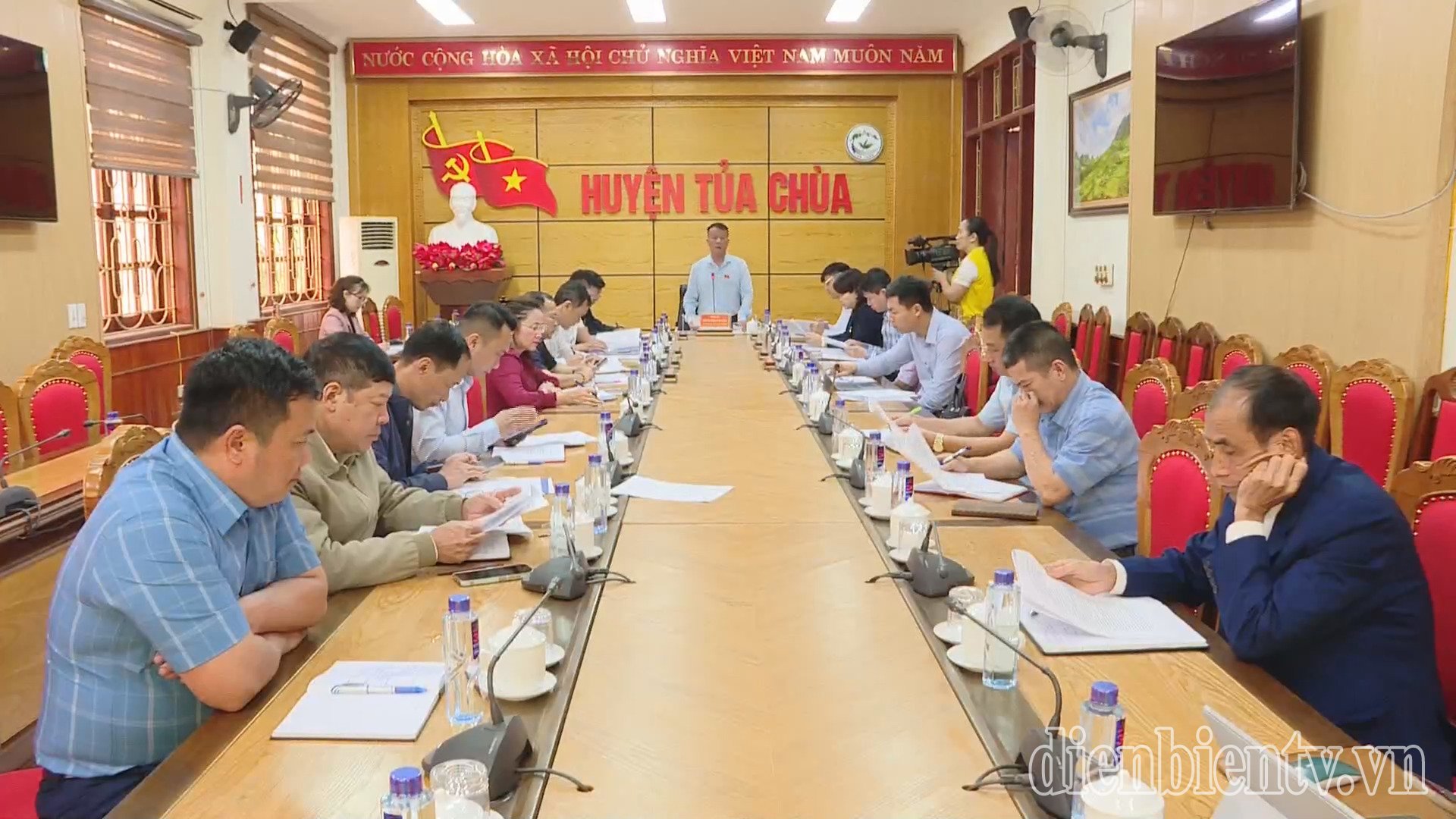



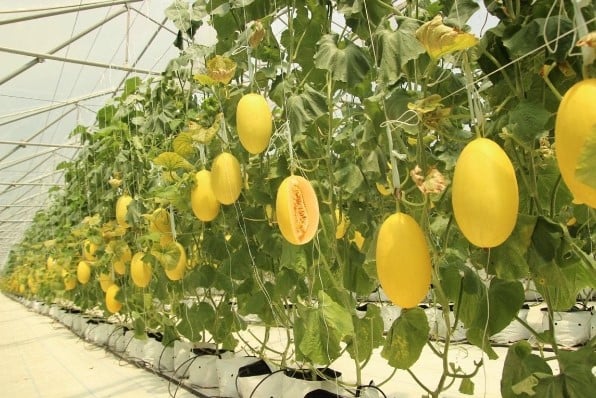





Comment (0)